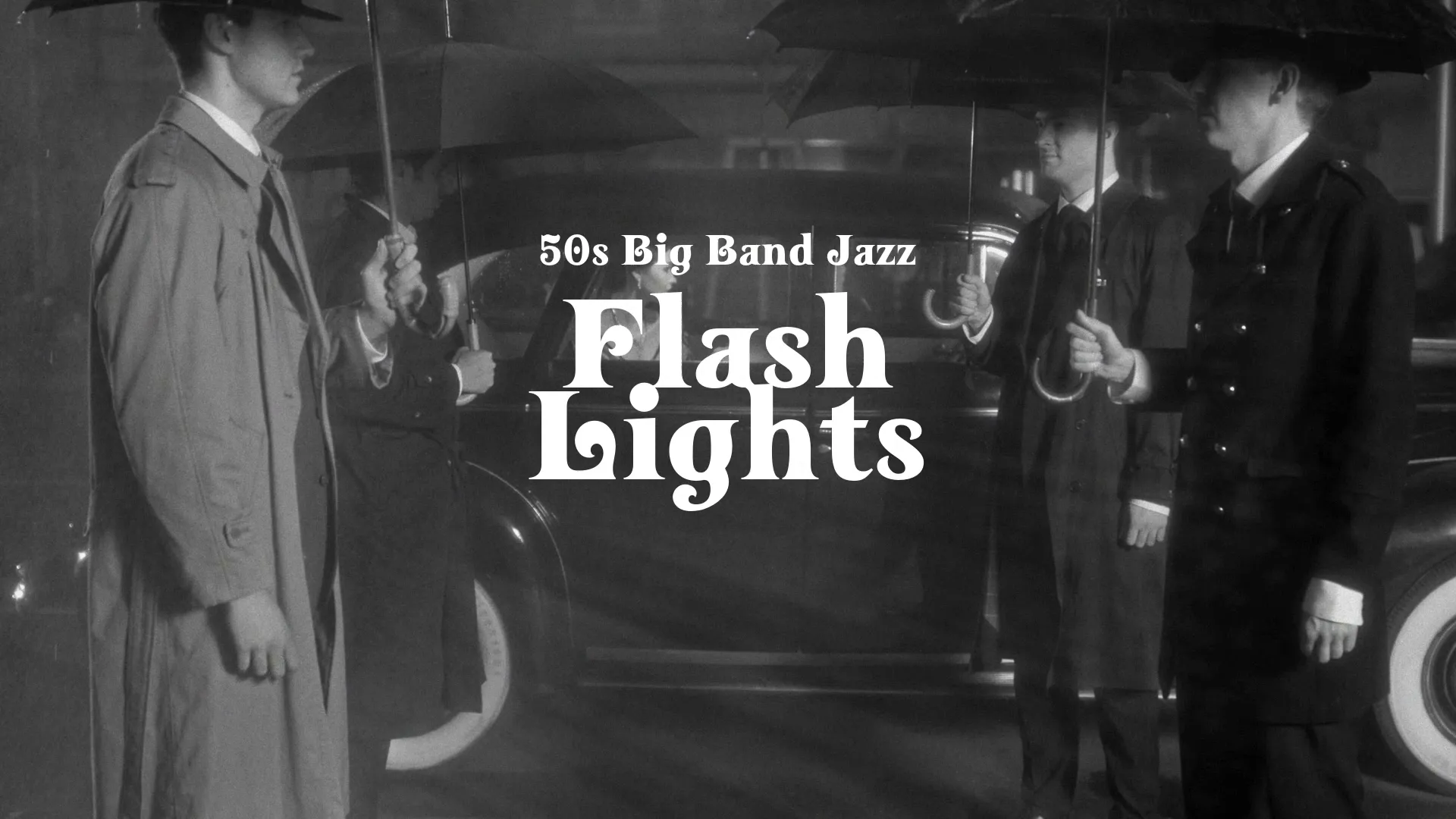Player Agency? It's a Lie.

What if everything you believe about choice in video games is a carefully constructed lie? Player agency, the feeling that your actions matter, is central to modern game design. But how much of that promise is real? This article explores the illusion of player agency, how developers create the feeling of choice within controlled systems, and the ethical questions that arise.
Defining and Understanding Player Agency
Player agency is the feeling that a player’s actions have a meaningful impact on the game world. It’s valued because it increases engagement and investment.
But there’s a crucial difference between real agency and the illusion of agency. Real agency means the player’s choices genuinely alter the game state in significant and unpredictable ways. The illusion of agency provides the feeling of impact, even if the underlying structure is carefully controlled.
Agency comes in many flavors. Narrative agency affects the story. Mechanical agency gives control over gameplay. Strategic agency involves resource decisions. Expressive agency allows for customization.
The spectrum ranges from linear experiences to emergent gameplay. Linear games offer minimal impact. Emergent gameplay creates unpredictable outcomes.
Techniques for Creating the Illusion of Choice
Developers use techniques to create the illusion of choice. Branching narratives present choices, but their impact may be limited. Often, they converge.
Cosmetic choices provide a sense of ownership. Players customize, but gameplay remains the same.
“Good” vs. “evil” systems often funnel players.
Open worlds feel free, but constraints guide players. Invisible walls and level design subtly direct the player’s path.
The world feels open, but it’s carefully curated.
The Designer’s Role: Author vs. Facilitator
As a designer, walk the tightrope between vision and freedom. Create systems that encourage exploration while maintaining narrative coherence.
Create a free account, or log in.
Gain access to free articles, game development tools, and game assets.
.webp)






















